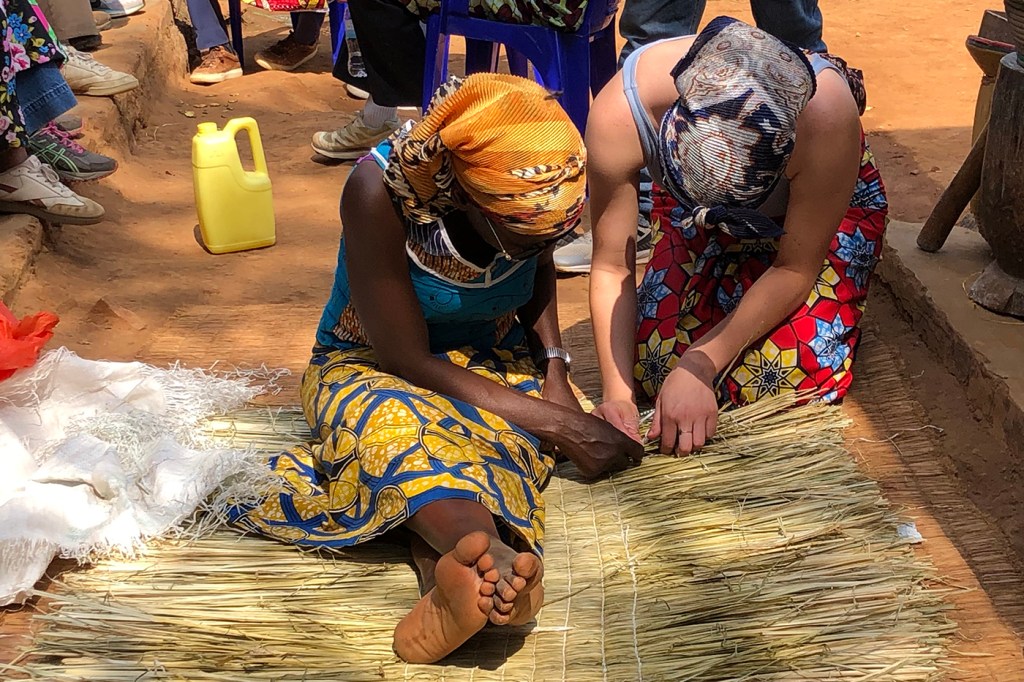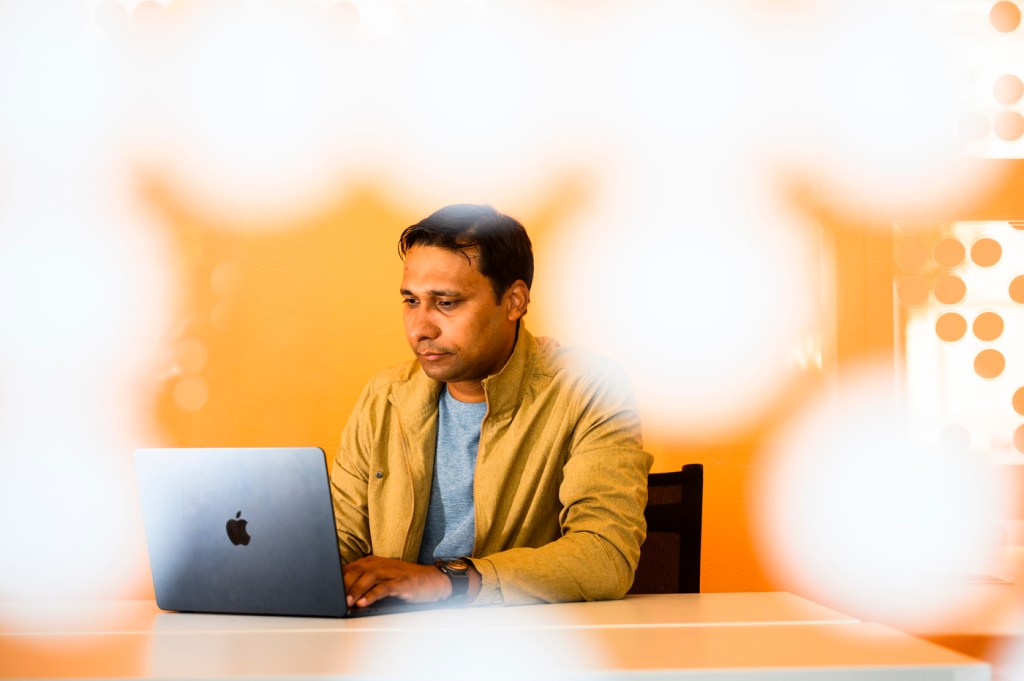Testing the strength of the Brooklyn Bridge
Northeastern civil and environmental engineering professor Mishac Yegian recently completed a comprehensive seismic evaluation of the Brooklyn Bridge. The grand dame of bridges, he found, is made of sturdy stuff.
In fact, Yegian and graduate student Bryan Stroham, working with the New York City Department of Transportation and the Parsons Corporation, an engineering company, calculate that the foundation of the East River span could withstand an earthquake registering 6.5 on the Richter Scale without sliding or separating from the soils and bedrock that support it.
“We implemented some of the most advanced field-testing techniques to evaluate the condition of the Brooklyn Bridge materials, which include Southern pine, mortar, concrete, granite and marble,” says the longtime professor and former department chair. “After intensive study, we determined that the bridge’s structure is safe, primarily because of the massive size of its foundation.”
In February, the results of Yegian’s study were featured in a cover story in Civil Engineering, the magazine of the American Society of Civil Engineers.
Although scientists can’t be sure when or if a seismic event of this magnitude might occur in New York City, Yegian points out that the area has experienced earthquakes in the past, and undoubtedly will again in the future.
Using sophisticated modeling techniques, the researchers focused their seismic testing on the Brooklyn Bridge’s foundation, main tower and cable anchorages on both the Manhattan and the Brooklyn sides. The bridge does not require reinforcements to survive a major seismic event, they believe.
“Most of the structure is its foundation, which is below the water line, in what we call the mud line,” says Yegian. “It is embedded in the soils at the bottom of the river.”
The suspension bridge, which boasts a 1,595-foot center span, was the largest of its kind when it opened in 1883. It is, Yegian says, among the most historic structures he has ever studied.
This National Science Foundation–funded expert has made a career of assessing the seismic vulnerability of the built environment. “I study dams, buildings and other structures,” he explains. “Overall, my research determines whether mitigation is needed to protect a structure, and, if yes, what the most creative, cost-effective ways of doing so might be.
“My focus has been on large historic bridges,” he adds, “and New York City has been one of the most important places for satisfying my curiosity.”
Not long ago, however, Yegian brought his professional expertise to a problem of a different scale. Before a collection of small Greek and Roman sculptures owned by the Museum of Fine Arts, Boston, went on loan to a gallery in earthquake-prone Japan, Yegian was asked to determine the art’s vulnerability.
He placed crude replicas of the statues on a “shaking table” in his lab to test the risks the ancient objects might encounter, and suggest ways of protecting them.
Whether he’s examining objects large or small, Yegian’s lifelong interest in seismic mitigation has remained unshaken.
Since receiving his doctoral degree from MIT in 1976, he has held many honors and distinctions. He is a fellow in the American Society of Civil Engineers and a Distinguished College of Engineering Professor at Northeastern. He earned the university’s Excellence in Teaching Award in 1995, and the Robert D. Klein Distinguished Scholar Award in 1992.





